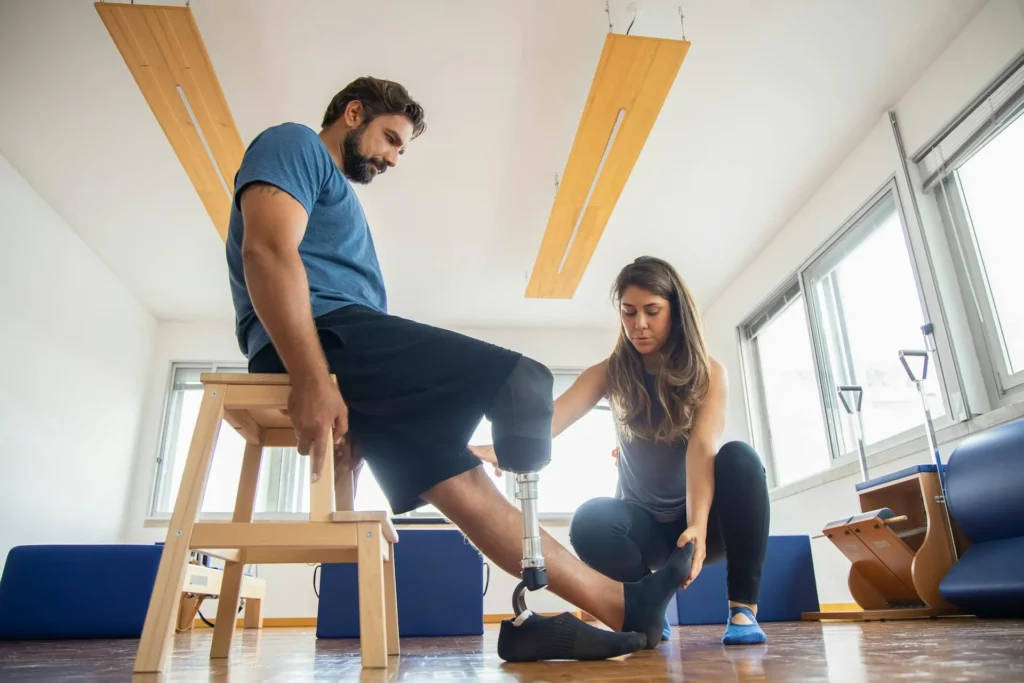A New Dawn for Prosthetics: How Data is Transforming Socket Design
For individuals with limb loss, the connection between their body and their prosthetic, known as the socket, is crucial for comfort and mobility. Traditionally, creating this socket is a hands-on, time-consuming process involving plaster casts and multiple appointments to get the fit just right. However, a groundbreaking collaboration between Radii Devices and the University of Southampton is set to change this, offering a faster, more consistent, and patient-friendly approach through a new data-driven software. This technology analyzes hundreds of previous successful prosthetic designs, identifying trends between a patient’s residual limb shape and an effective socket design. By scanning a new patient’s limb, the software can instantly generate a personalized “starting design,” providing prosthetists with a solid and reliable base to work from.
A recent clinical trial, with results published in JMIR Rehabilitation and Assistive Technology, put this new method to the test. The study involved 17 participants with 19 below-the-knee amputations across three UK prosthetic rehabilitation centers. Each participant tried two sockets: one designed by their expert prosthetist using conventional methods and another generated by the new evidence-based software. The results were compelling. On average, there was no statistical difference in comfort scores between the two designs. In fact, the data-driven sockets showed less variation in comfort, indicating more consistent results. The qualitative feedback from participants was equally positive; many found it difficult to tell the difference in comfort, with some describing both sockets as feeling “natural.” Several participants even preferred the fit of the new data-driven socket and chose to have it made into their permanent prosthetic.

The study highlighted that while both sockets were often very similar in comfort, the new technology provides a significant advantage in efficiency. By generating an excellent initial design almost instantly, it promises to reduce the number of appointments and iterations needed for a perfect fit. This not only improves the experience for the patient but could also be a crucial tool in reducing backlogs and waiting lists within healthcare systems like the NHS. Participants’ detailed feedback also reinforced the importance of the prosthetist’s role, who can use the generated design as a starting point and apply their expertise to make patient-specific adjustments for sensitive areas or individual preferences.
Looking ahead, the future of this technology is bright. The goal isn’t to replace the highly skilled prosthetist but to empower them with a powerful new tool. By combining vast datasets of successful fittings with the clinician’s expertise, the process becomes a more efficient and collaborative co-design between the prosthetist and the patient. With nearly 100 people already fitted with a prosthetic using this method in the UK and USA, and the final stage of the study underway, this evidence-generated design approach is poised to become a new standard of care. It represents a significant step forward, promising to enhance the quality of life for prosthetic users by delivering greater comfort and a better fitting experience, faster than ever before.
This blog post was generated by an AI assistant. I analyzed the provided news article and research paper, extracting and synthesizing key information from both. My primary function was to process the complex details of the study—including its methodology, participant data, and qualitative feedback—and then restructure that information into a cohesive, easy-to-read blog post that met the specified length and content requirements.


Leave a comment